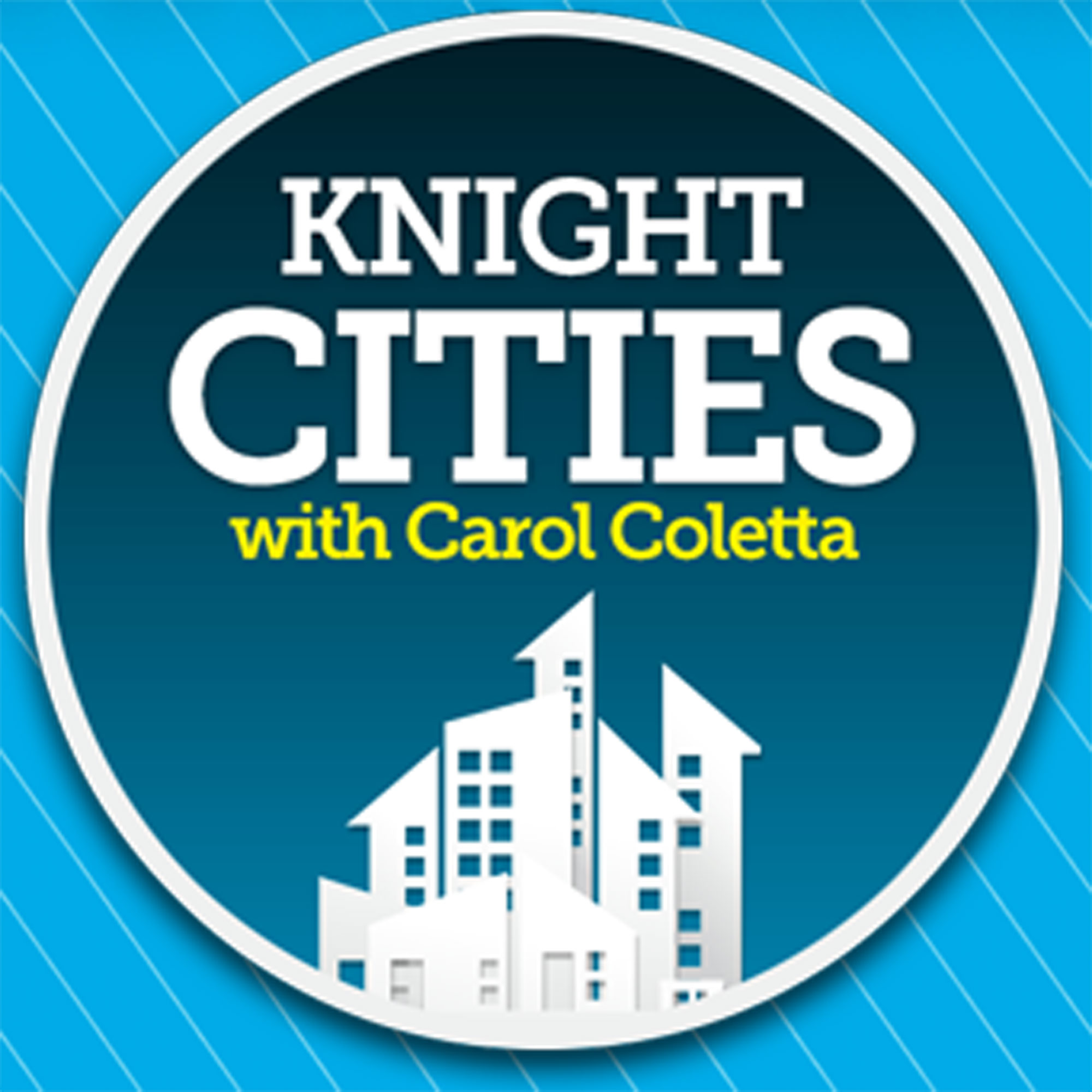
‘Knight Cities’ podcast: Rebalancing the cost-of-living equation to build better communities
Even though young college-educated adults are moving to city centers in far greater numbers than any time in 40 years, it is also true that poverty is growing in most American cities. While at least one strategy for tackling poverty – increasing the minimum wage – is gaining strength, the policy response to the problem has been pretty anemic.
Enter Scott Bernstein. As president and co-founder of the Center for Neighborhood Technology in Chicago, Scott is working on detailed plans to show cities how they can reduce the cost of living for people with low incomes and at the same time, put those same people to work to make the changes that reduce their cost of living.
It’s an approach that defies conventional thinking, and I talked to Scott earlier this week to learn more. Here are five things you should know from our conversation:
1. Reducing the cost to families of transportation, residential energy consumption, sewer services, food, and telecommunications are five big ways to lower the cost of living, especially for people with low incomes.
2. Reducing these costs is as effective a strategy for reducing poverty over a 10-year period as increasing incomes.
3. A companion strategy for reducing poverty is putting people who are poor to work doing the things that will reduce the costs of transportation, energy, etc. It’s a virtuous cycle. They earn additional income from the work that will also reduce their (and their neighbors’) cost of living.
4. Any of these reductions made to the cost of living for poor people benefits everyone in the community. Better public transportation, lower carbon emissions, a greener community – as well as poverty reduction – are better for everybody.
5. Because the federal government operates within silos, poverty is seen as a service support issue and less as an investment issue. The U.S. Department of Housing and Urban Development and the Department of Transportation, the agencies that help facilitate capital investment, don’t always have a poverty reduction mission in the way they keep score. We need to demand that the federal government connect the dots in new ways to lower poverty and benefit communities. We also need to do a better job of capturing the benefits of cost of living reductions, livability, equity, and permanent job creation of public investments.
And here’s a bonus from Scott…
One definition of economic development is bringing to light and putting to use our assets – people and places – that are poorly understood, underused, and generally invisible. We need maps that make it easy to see where those assets are.
Listen to my conversation with Scott here. And sign up for the “Knight Cities” newsletter to get alerts as soon as new conversations are posted.
Look for new “Knight Cities” content posted every Wednesday. You can follow us on Twitter at #knightcities or @knightfdn. And if you have ideas for people you’d like to hear from, please email me.
Carol Coletta is vice president of community and national initiatives at Knight Foundation. Follow her on Twitter @ccoletta.
Recent Content
-
Community Impactarticle ·
-
Community Impactarticle ·
-
Community Impactarticle ·



